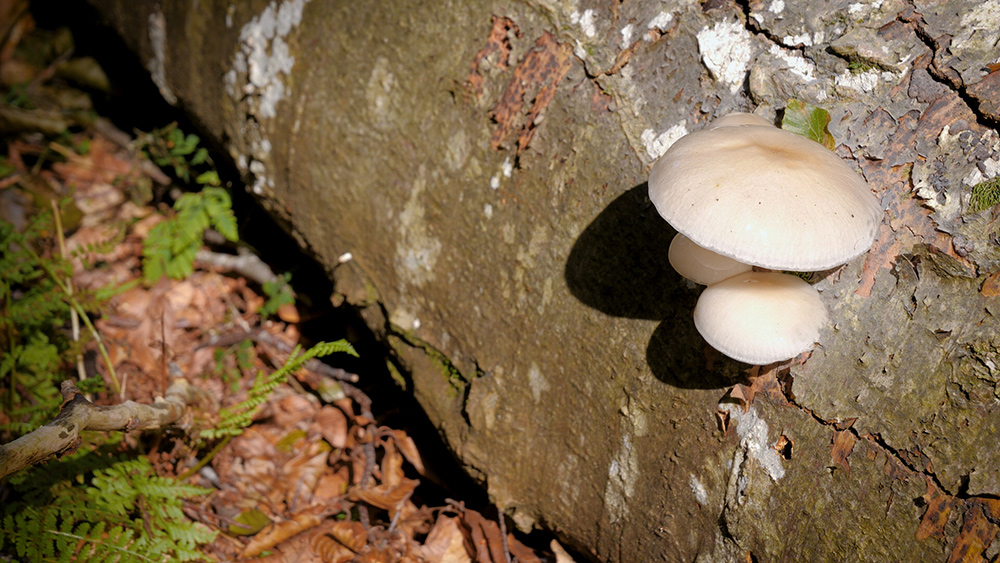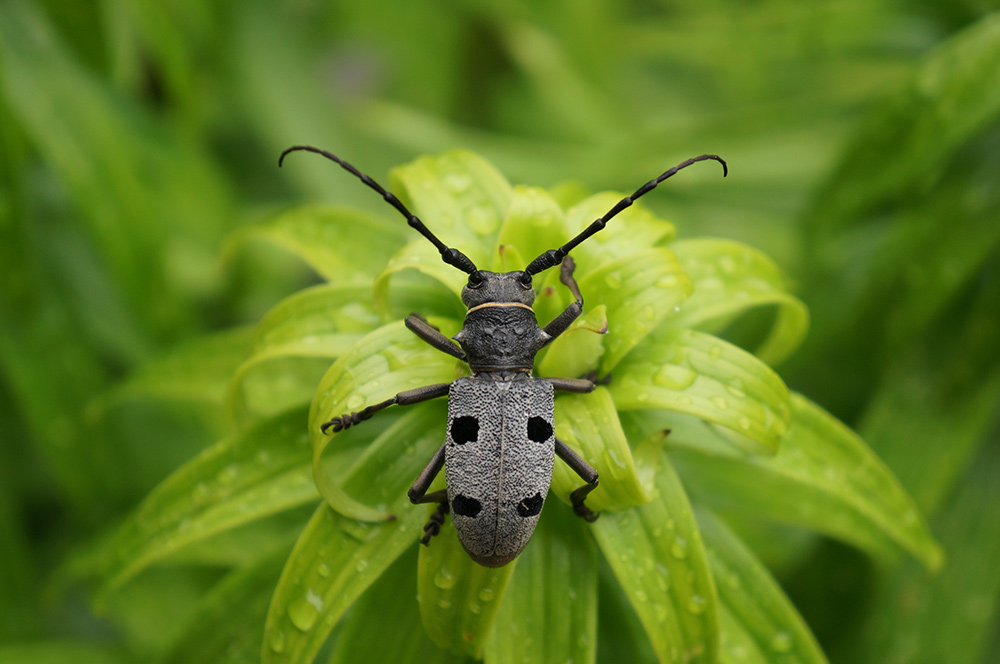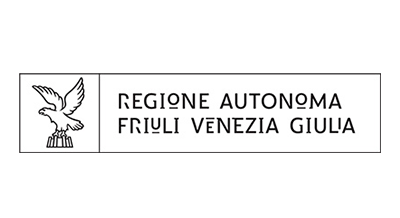
Traditional forest management, focused still today on the maximization of continuous wood production, has brought the reduction of structural heterogeneity, deadwood volume and microhabitat availability, and as a consequence species diversity. This is even more true for saproxylic biodiversity, i.e. that represented by species linked at least in one stage of their life cycle, to decaying or dead wood or to other saproxylic organisms. This category, often neglected, represents as much as 30% of forest biodiversity. The concern towards the conservation of these organisms has brought the establishment of the Recommendation R (88) 10 of the Committee of the Ministers to Member States on the protection of saproxylic organisms and their biotopes. However, these recommendations are very rarely put into practice in productive forests, due to the lack of operational frameworks that can demonstrate the economic feasibility and sustainability of deadwood conservation.
Efforts to preserve forest biodiversity have mostly included segregative approaches (i.e. setting aside areas), creating isolated sanctuaries embedded in a matrix of productive forest, often intensively managed. The lack of connectivity of protected areas makes the integration of conservation measures in productive forests essential. However, attention to these recommendations remains scarce outside protected areas due to the lack of structured analysis pointed to demonstrate the economic sustainability of conservation interventions.
Targeted problems
The project will target the following issues that still threaten the preservation of rare and endangered forest species in productive forests:
Timber production and fuel wood harvesting have compromised deadwood stocks worldwide, reducing the habitats offered by dead wood. Tree microhabitats are structures that develop naturally on large old trees and that sustain a unique and significant amount of species. However, in commercial forests, trees are harvested before they can reach the stage when they develop microhabitats.
The environmental problems we target are also included in the European Forest Strategy, which recognizes that we need new frameworks to ensure that the multifunctional potential of EU forests is managed in a sustainable and balanced way, enabling forests’ vital ecosystem services to function correctly.
Aims

LIFE SPAN project's main goal is to develop and test management solutions that by integrating with those already in place could guarantee forest biodiversity conservation with a focus on saproxylic species. Through an innovative forest planning and management approach, always attentive to the economic sustainability of the proposed interventions, management solutions aimed at the conservation of habitats and species of community interest linked to dead wood will be implemented and monitored.
The main tool of the project is the Saproxylic Habitat Network (SHN) that will increase the connectivity between Natura 2000 sites and/or other protected areas, creating Saproxylic Habitat Sites (SHS) in the productive forest matrix. SHS, acting as stepping-stones, will enhance connectivity, critical for protected area networks.
For each SHS, the interventions listed below, will be planned to increase local biodiversity:
The thinning of each SHS will modify the horizontal and vertical structure of the forest and will favor potential old-growth trees (i.e. future habitat trees). Furthermore, the amount of dead wood will be increased and diversified, also with crown material and stumps.
The SHN is a tool for multifunctional sustainable forestry, combining ecological, economic and social issues in the same area. Productive forests will benefit from the SHS in terms of carbon pool, nutrient cycling, tree regeneration, biological diversity and will thus contribute to biodiversity offsets, with actions that will bring a net gain of biodiversity in terms of species composition and habitat structure, with “No Net Loss”. The improvement of ecosystem services in terms of timber and bioenergy production, landscape and tourism attractiveness, biodiversity conservation, carbon storage and sequestration will be mapped and assessed, confirming the suitability of the approach.
Aware of the delicacy of the topic dealt with, particular attention will be paid to dissemination and training activities in order to involve all interested parties, both private and public, in the discussion and sharing of the results obtained by the project. This participatory process will also involve school and university students as well as forestry technicians and operators creating the basis to develop guidelines and other tools for the transferability and replicability of the LIFE SPAN project activities.











